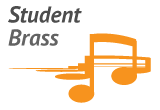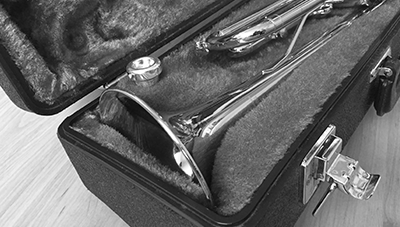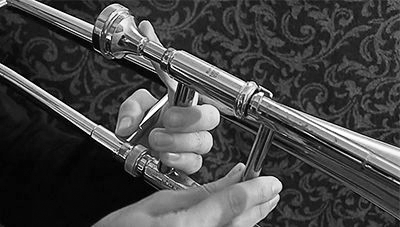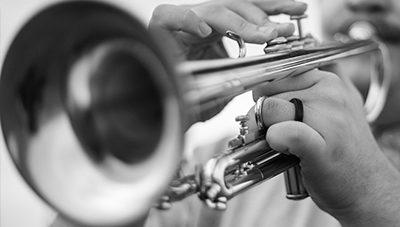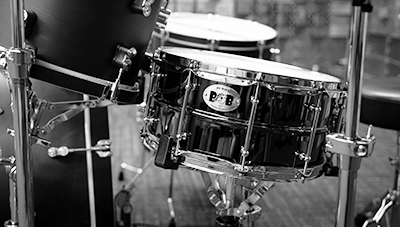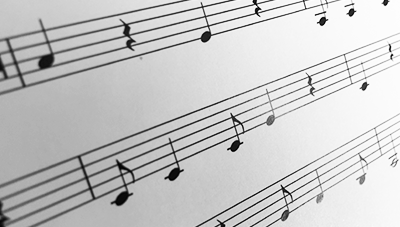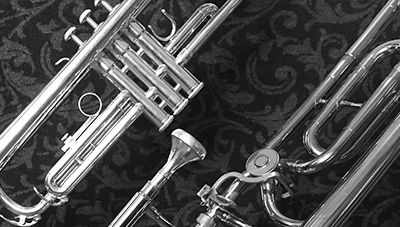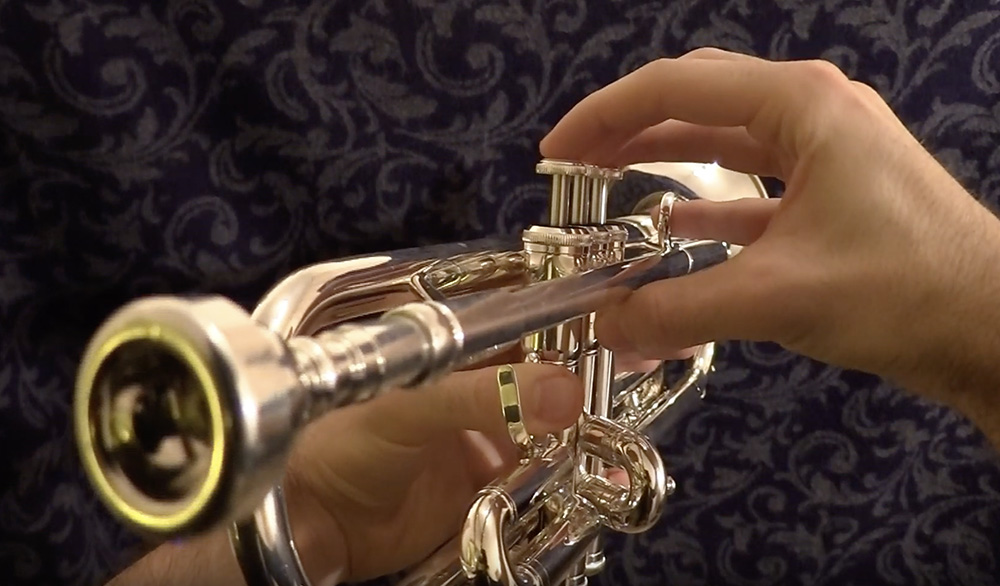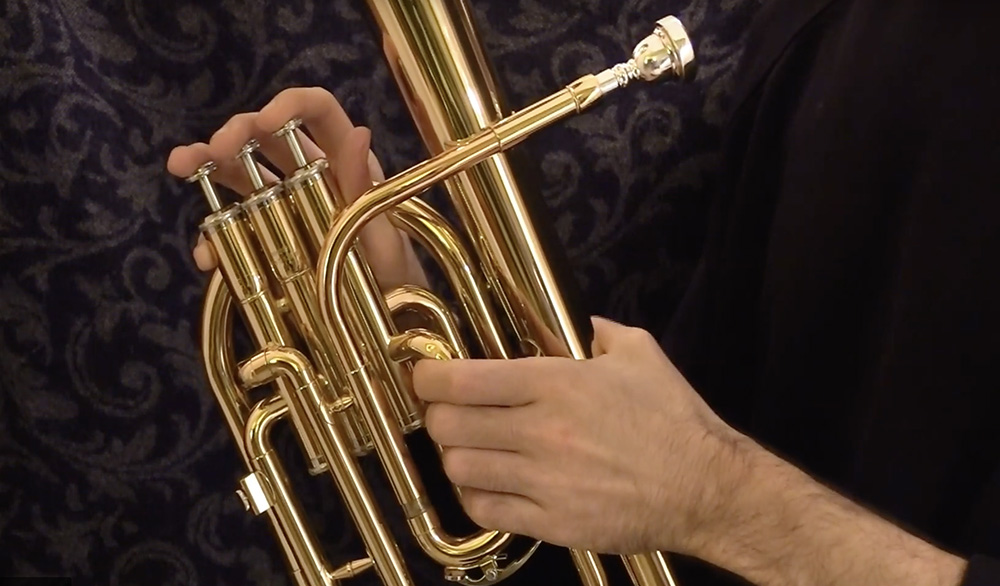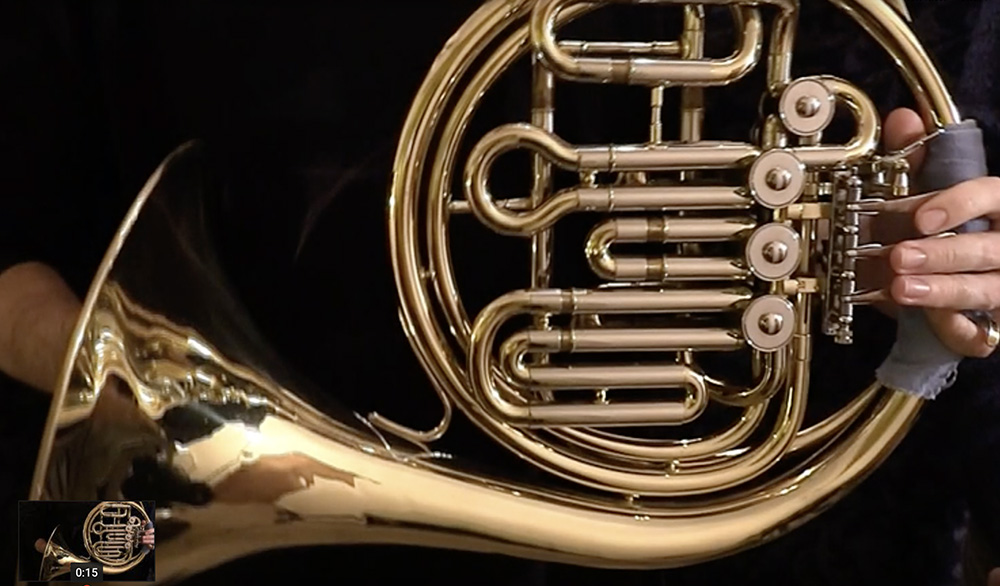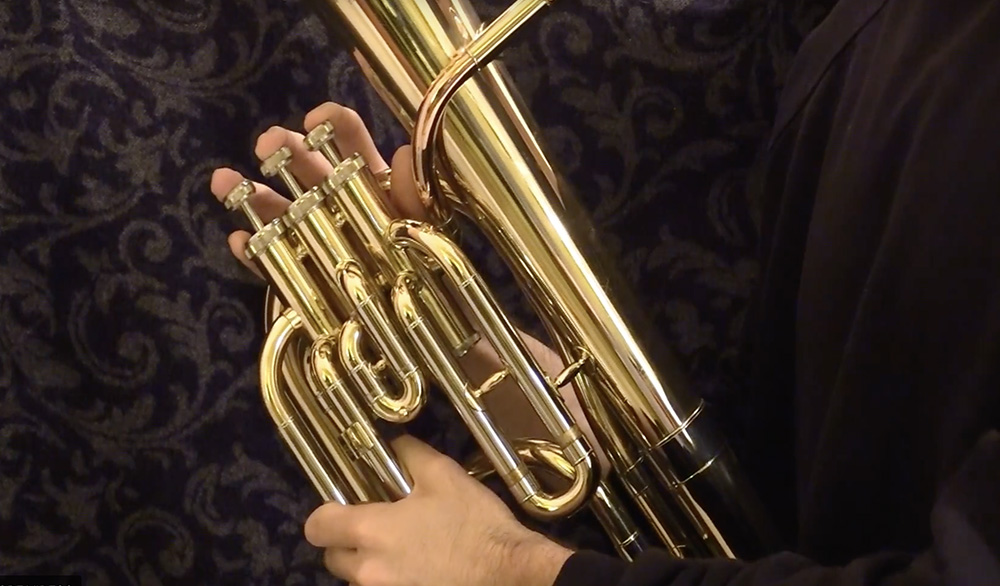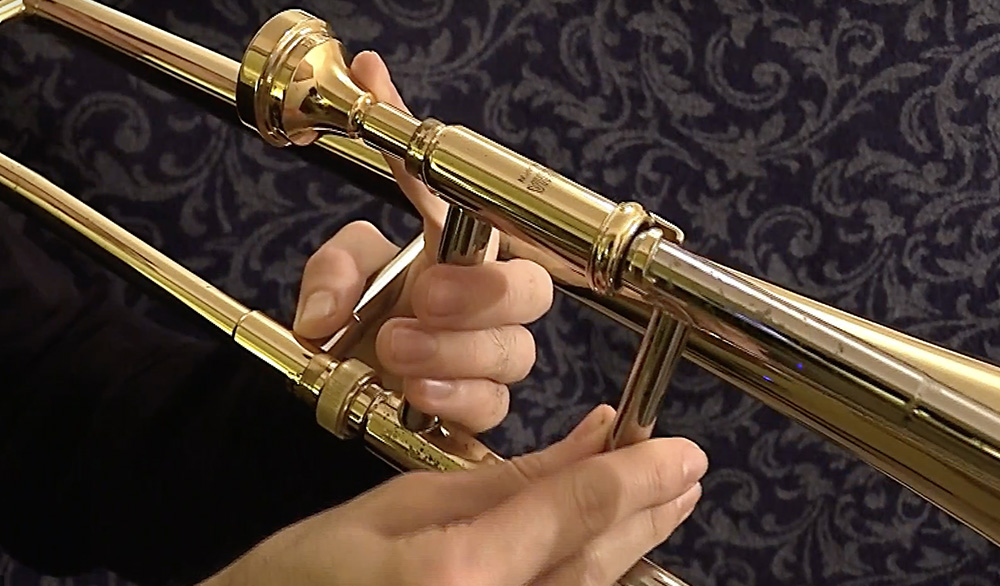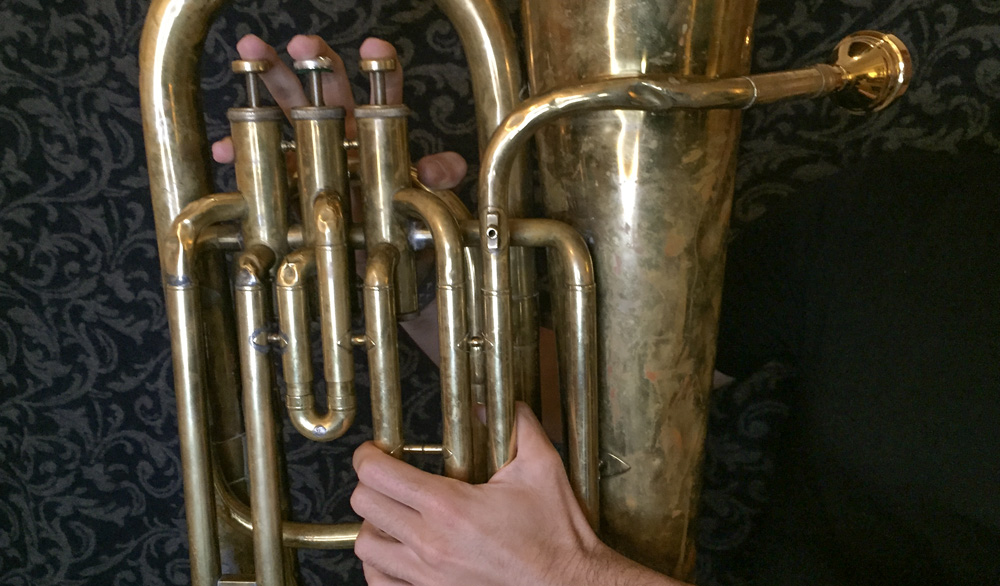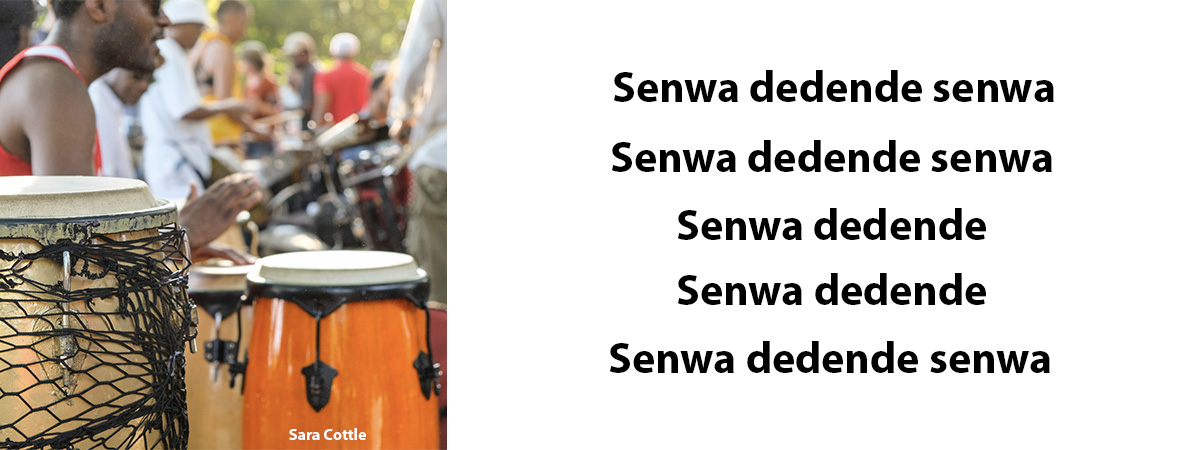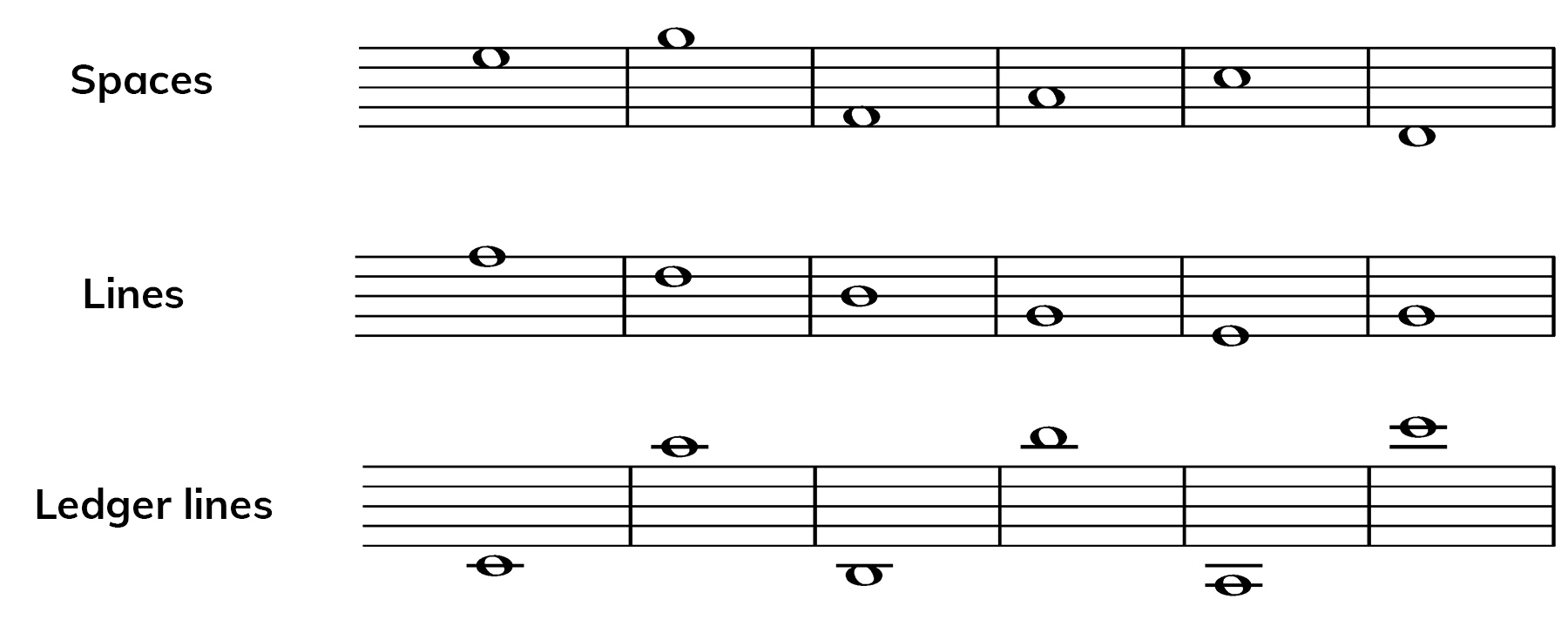The Year 1 course starts here. This level focuses on holding a brass instrument correctly and producing a sound for the first time, and also introduces some basic concepts of music theory. For ideas and suggestions on getting the most from the material, check our teachers’ notes.
TEACHERS' NOTES
We hope that our material is fairly self-explanatory, and that you can easily construct your own lessons around it, but here are some suggestions and additional information which you might find useful.
The Preparation Level does not have any notation and is therefore not included in the books.
HOLDING THE INSTRUMENT
Scroll through the pictures to show the correct hold for each instrument. Click on an image to enlarge it. For a more in depth explanation, scroll down to the videos below the pictures.
MAKING A SOUND
We suggest doing this exercise with just the mouthpiece, to avoid all the distractions associated with holding an instrument for the first time. The focus is on buzzing to produce a sound, but doing this with the drum track is a good opportunity to introduce some musical basics, such as feeling the beat.
TONGUING A NOTE
This is a tongue twister if said fast enough, but here it is used to help differentiate the use of the tongue, lips and teeth in starting a note. You can say any phrase with normal tongue use, then without the tongue, and draw comparisons with clarity of speech and note production.
DURATION & PITCH
The students may have been introduced to these concepts at KS 1. Use the mouthpiece again without the instrument to buzz these exercises. It is extremely important for brass players to be able to distinguish differentiations in pitch.
Students may well need reminding about tonguing.
DYNAMICS
The class should feel and move to the beat. Encourage them to show the dynamic changes with arm movements like orchestral conductors. The backing track is very long – just use as much of it as you need.
The students should also try playing loudly and quietly on their instruments, conducted by the teacher or another student.
PULSE & RHYTHM
It is important to be consistent with the terminology, and not use beat and rhythm interchangeably. To help establish this differentiation, listen to the song, sing it, and then tap the underlying pulse/beat on the thighs. Then listen and sing again, clapping the rhythm of the words. Next, have half the class clapping the beat, while the other half claps the rhythm. Finally, buzz a line with the mouthpiece.
TEMPO
Have fun finding movements to show the tempo changes.
PREPARATION FOR READING MUSIC
We believe that students don’t find reading music difficult if they are introduced to it from the outset, and that continually writing the note names into their books does them no favours in the long run. This exercise is designed to help them learn the difference between lines, ledger lines and spaces on the stave.
PLAYING A NOTE
Finally, for this level, the students try to get a clean, clear sound on their instruments.
The terms ‘semibreve’ and ‘rest’ will be introduced properly in the next level, but if you get the students to play for 4 beats and stay silent for 4 beats at this stage, they should find it easier to understand those terms when they encounter them properly in Level 1.
These notes are available as a pdf from the Downloads page.
PREPARATION – SETTING UP
- Put your case the right way up on a flat surface – now open the case
- Put your mouthpiece in the instrument and lift it out
- Close the case and put it next to your chair or under your chair
- Check you are sitting properly and holding the instrument correctly
Warming Up
- Blow gently through your instrument without buzzing
- Check your valves or slide move freely and lubricate if necessary
- Buzz into your mouthpiece gently, controlling the pitch & dynamics
- Always use your tongue to start a note
- Return to rest position for the start of the lesson
PREPARATION – MAKING A SOUND
Buzz into your mouthpiece for a count of 4 and then rest … repeat
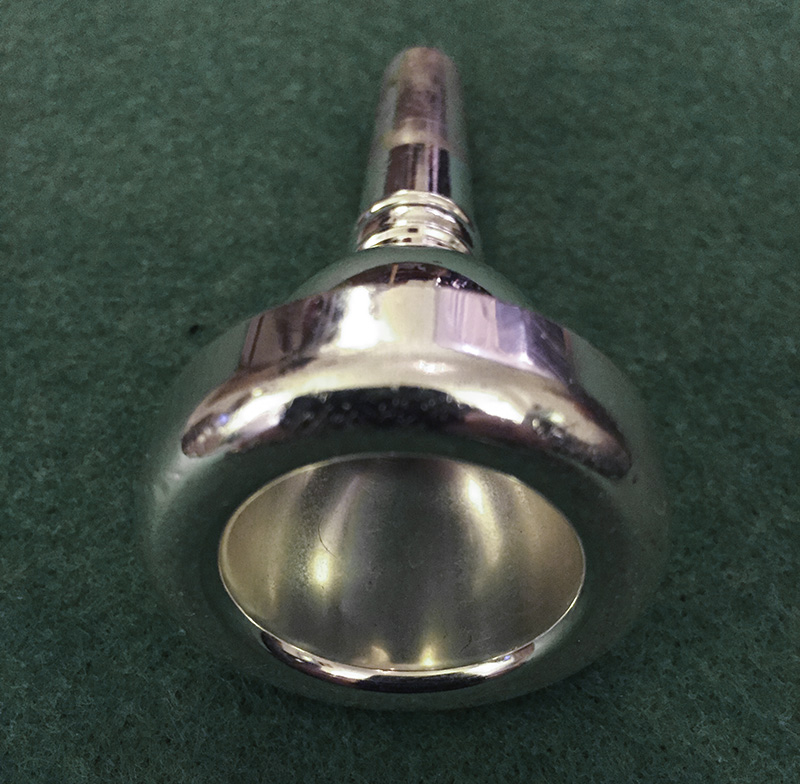
PREPARATION – TO START A NOTE WITH YOUR TONGUE
Becoming aware of what needs to happen in your mouth to create a good start to your note

The teeth, the lips and the tip of the tongue
The teeth, the lips and the tip of the tongue
Tip of the tongue, tip of the tongue
The teeth, the lips and the tip of the tongue
PREPARATION – TO RECOGNISE THE CHANGES IN DYNAMICS
Listen to the track and use arm movements to show the dynamic changes
Pomp & Circumstance by Elgar
PREPARATION – TEMPO
Listen carefully to these 2 tracks – which is faster?
Listen to these tempo changes – describe what is happening
PREPARATION – PLAYING A NOTE
Get into the rest position
Get into the playing position
Take a full breath & put your tongue behind your teeth
Release the air & buzz gently into your instrument
Aim for a good sound for 4 beats (Ta _ _ _ )
Rest for 4 beats (Ma _ _ _ )
